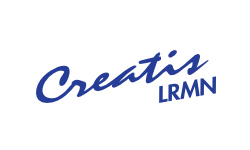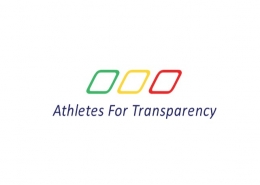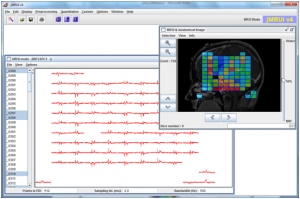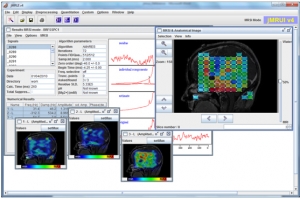


The project was carried out with a dual objective: to develop a rich graphical interface to visualize MR (MagneticResonance) data and results from various quantization algorithms, and to integrate analysis algorithms developed in C and Fortran into the graphical interface.
Total project duration: 48 months
The total cost of the project amounted to more than 1000 man-days.


Project Details :
Problematic
The interest of the project is to be able to provide a medical/non-university population with algorithms for the analysis of in-vivo MR data in the time domain. Strong constraints of simplicity, user-friendliness, but also of performance and relevance of the results led the realization of this project.
Mission statement
Develop a rich and user-friendly graphical interface for in-vivo MR data analysis.
Organization
For the realization of the project, 3 persons have been allocated :
This contract was executed entirely with Tana Corp resources dedicated to the project.
Main characteristics of the client
The Creatis-NMRL laboratory is a medical imaging research unit whose international influence and areas of excellence are linked to the intersection of two major axes which are
Conduct of the project
Advice and support role provided throughout the project
Methodology proposed to validate the stages of the project from a customer’s point of view
Proposed project reporting
Monthly working meetings enabled us to manage this long-term project in close collaboration with the client.
Tools chosen for the project management
Incident follow-up : BugX (based on Mantis) http://www.mantisbt.org/)
Version and configuration tracking: SubVersion (http://subversion.tigris.org/)
Solution features
Business processes covered by the solution
What were the most difficult features to implement ?
Managing very heavy data and moving from large data structures to Fortran algorithms. High memory consumption.
Solution: Splitting data before quantization and calling JNI (Java Native Interface).
Technical platform elements
Software package, software or development languages used
Graphical interface and basic filters in Java/SWING. Complex algorithms in C/Fortran.
Reasons for the choice
Share of pre-existing developments used on which the Supplier has capitalized to complete the project.
Challenges and key success factors
Business result
Today the application has been taken over within the framework of the European research project network eMrui. It is directly maintained and improved by a consortium of 16 partners and used by more than 1400 research organisations in 53 countries.

 EDF – STERIA
EDF – STERIA